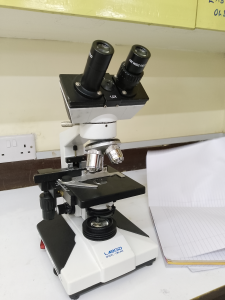Physical education
Completion requirements
Physical education, often abbreviated as PE, is a subject that involves the study and practice of physical activity, exercise, and sports. It is designed to promote physical fitness, enhance motor skills, and encourage active and healthy lifestyles. Physical education is typically offered in schools and educational institutions, but it can also be pursued through community programs and personal fitness initiatives.
The primary goals of physical education are to improve physical health, develop motor skills, and promote social and emotional well-being. It involves a variety of activities, including aerobic exercises, strength training, flexibility exercises, and sports. Physical education programs often include both structured and unstructured activities, allowing individuals to engage in a range of physical activities that suit their interests and abilities.
In addition to promoting physical fitness, physical education also emphasizes the importance of proper technique, safety, and sportsmanship. It aims to teach individuals how to engage in physical activities in a safe and effective manner, while also promoting teamwork, cooperation, and respect for others.
Overall, physical education plays a crucial role in promoting physical health, enhancing motor skills, and fostering a lifelong commitment to active and healthy living. It is an essential component of a well-rounded education and is recognized for its contributions to overall well-being and quality of life.
1. CHAPTER ONE
During physical education, a variety of activities are undertaken to promote physical fitness, enhance motor skills, and encourage active and healthy lifestyles. Some common activities include:
-
Aerobic exercises: These exercises, also known as cardiovascular exercises, involve activities that increase the heart rate and breathing rate. Examples include running, swimming, cycling, and jumping rope.
-
Strength training: Strength training exercises, such as weight lifting or bodyweight exercises, are designed to build muscle strength and endurance. They involve the use of resistance to challenge the muscles and promote muscle growth.
-
Flexibility exercises: Flexibility exercises, such as stretching and yoga, aim to improve the range of motion of the joints and muscles. They help to prevent injuries and improve overall physical performance.
-
Sports: Physical education programs often include a variety of sports, such as basketball, soccer, volleyball, and tennis. These activities promote teamwork, cooperation, and sportsmanship.
-
Games: Games, such as tag, capture the flag, and scavenger hunts, are often used in physical education to promote physical activity and social interaction.
-
Dance: Dance activities, such as aerobics or Zumba, combine physical movement with music and rhythm. They provide a fun and engaging way to improve cardiovascular fitness and coordination.
-
Outdoor activities: Physical education programs may also include outdoor activities, such as hiking, rock climbing, or kayaking, to promote physical fitness and appreciation for nature.
Overall, the activities undertaken during physical education are designed to promote physical fitness, enhance motor skills, and encourage active and healthy lifestyles. They provide opportunities for individuals to engage in physical activity, develop new skills, and foster a lifelong commitment to healthy living.
